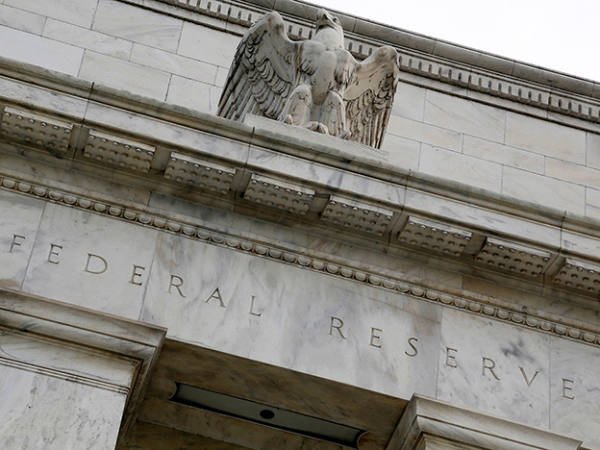The eurozone economy is slowing down, although the US is still growing nicely, next week’s figures are expected to show.
Official figures on Tuesday are expected to show that although industrial production in the eurozone recovered in March from February’s falls output in the quarter was actually lower than it was in the fourth quarter.
What's more, Germany’s ZEW survey of financial professionals next week might point to only weak growth in coming months. Last month, the survey showed that optimism had fallen to its lowest level since 2012. This might have been an overreaction to the danger of a trade war. Even if we do see a bounceback, however, confidence is likely to still be below its long-term average which warns us that prospects for the region are not great.
In the US, meanwhile, official figures should show moderate rises in both industrial production and retail sales in April. Surveys by the New York and Philadelphia Feds should also show good rises in output – although expectations for future production might be clouded by fears of the effects of higher tariffs. All this would be consistent with economists’ expectations that the economy will grow steadily this quarter, in a range of 2-3 per cent annualised: growth in the first quarter was 2.3 per cent.
Other US numbers, however, will send a warning to equity investors. The US Treasury is likely to say on Wednesday that foreign buying of US equities has been unusually high in the last 12 months. In the past, this has been a sign of investors being overconfident and hence a predictor of falling prices. However, the figures might show that buying has moderated recently, and so the signal is not quite as bearish as it has been.
In the UK, the main news will be Tuesday’s labour market report. This could tell us that wage growth excluding bonuses is edging up: annual growth in the first quarter might be almost 3 per cent, the highest rate since 2015. This implies that real wages are now rising year on year. The Bank of England will worry that this is potentially inflationary simply because the rises are not being offset by efficiency gains. In fact, the figures will probably show that hours worked rose in the first quarter, implying that productivity fell.
The figures will also show that although unemployment is at its lowest rate since 1975 there are 2m people out of the labour market who want a job. This potential supply of labour, allied to the absence of productivity growth, suggests that real wages might not rise very much in coming months.










